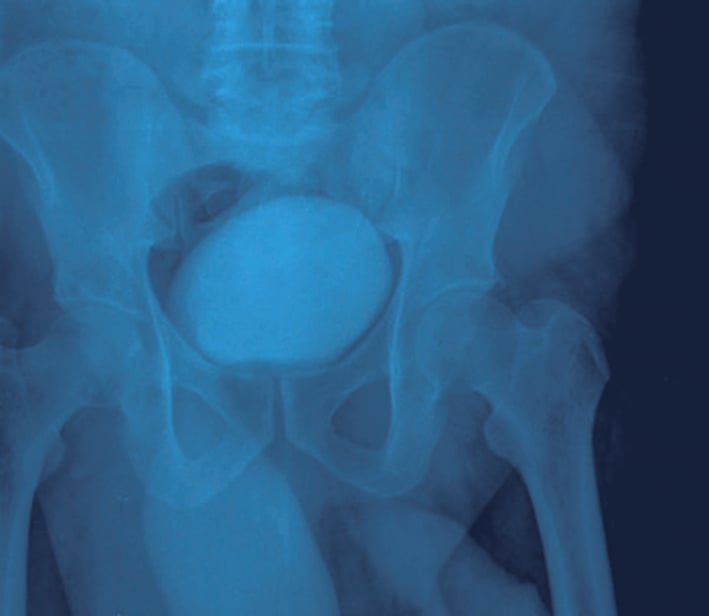
Issue 056
November 2009
What is it?
A hernia occurs when part of an organ – such as the intestines – protrudes through a weakness in the muscle wall or membrane surrounding it. This commonly happens in the lower abdominal area (an inguinal hernia), causing a lump in the groin that may or may not be painful.
If not repaired, there is a risk that a hernia can cause complications. In the most serious cases, the portion of the gut that is pushed out through the opening may have its blood supply cut off, which can lead to potentially life-threatening damage. Warning signs include nausea, vomiting, swelling in the area, severe pain, or constant pain that is worsening.
If you experience any of these and suspect a hernia, then seek emergency medical care immediately.
A so-called ‘sportsman’s hernia’ occurs when there is a tear in the oblique abdominal muscles where they attach to the pelvis. It causes persistent groin pain that may not improve with rest and is often misdiagnosed as a groin strain. It isn’t a true hernia, because there is no lump or bulging of the intestines, but hernia repair surgery is often needed to correct the problem.

How it happens
Hernias can happen to anyone of any level of fitness. Heavy lifting or exertion can contribute to the formation of a hernia (or the worsening of an existing one) because it increases the pressure in the abdomen, which pushes the intestines against any existing weakness in the muscle wall. Persistent coughing can also contribute to causing a hernia.
Who has it happened to?
A sportsman’s hernia forced Ricardo Almeida to postpone his return to competition following his loss to Patrick Cote at UFC 86. Judo Olympic gold-medal winner Satoshi Ishii recently postponed his first professional MMA fight, apparently due to a hernia. He has had surgery to repair the injury, and plans to go ahead with his debut in November this year.
Treatment
Always see your doctor if you suspect a hernia. They do not generally improve without treatment and are likely to get worse with time, so in most cases surgery is recommended. Hernia repair operations are relatively straightforward and, for the most common types of hernia, have a high success rate. They involve pushing the gut back into the abdomen, and repairing the weakness so that it doesn’t happen again.
What long-term problems is it likely to cause?
Once repaired, only around 2% of hernias recur and the rate of serious complications is very low. However, some people do still experience pain even after the operation.
How long can a fighter expect to be out for?
Fighters should speak to their surgeon or doctor for advice about their individual case. The general advice following surgery to repair an inguinal hernia is to wait at least six weeks before returning to strenuous exercise, to ensure that it has had time to heal properly. This reduces the chance of the injury immediately recurring. Prior to six weeks, rehabilitation and light exercise may be carried out on the instructions of your doctor or physiotherapist.










